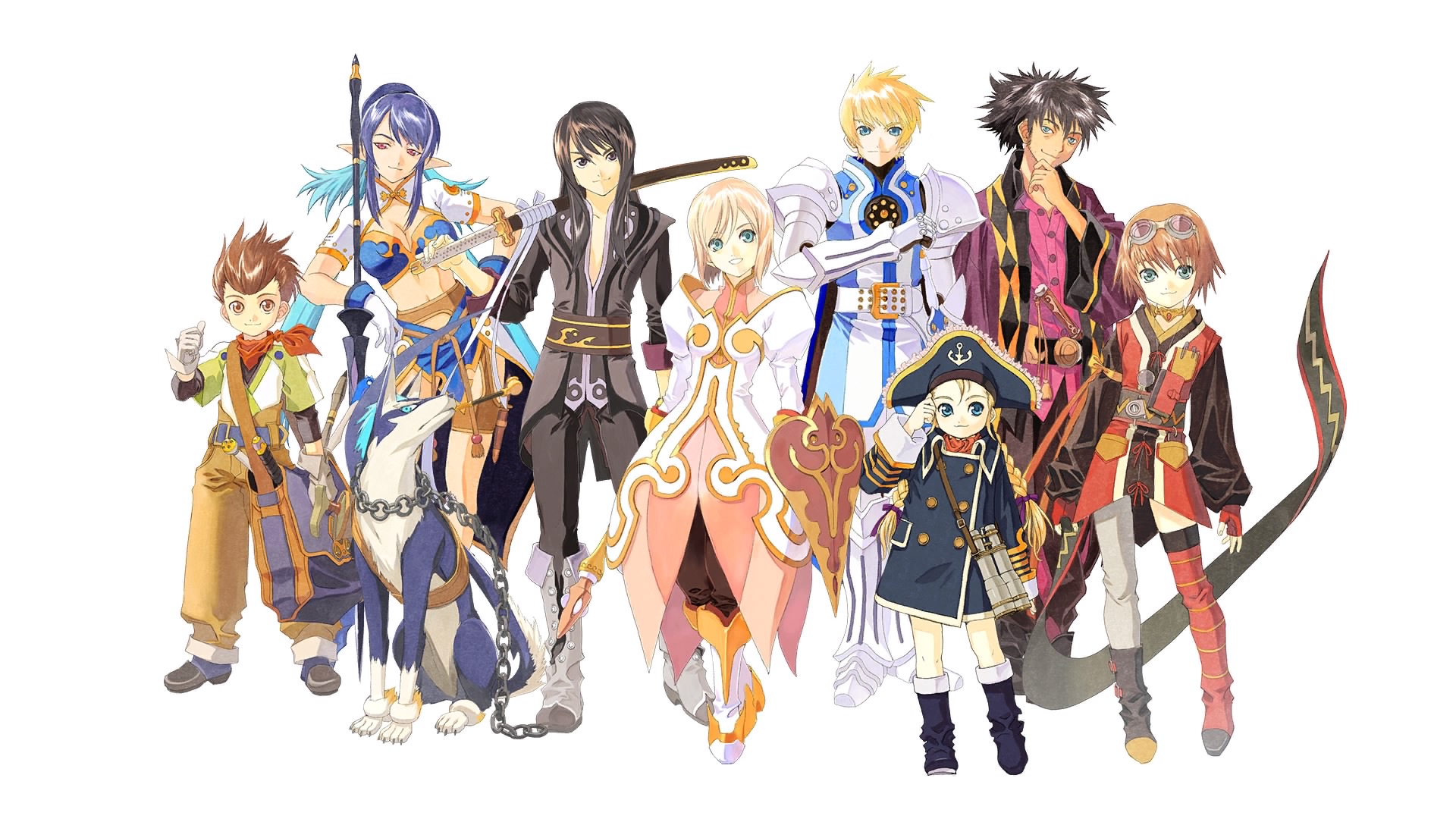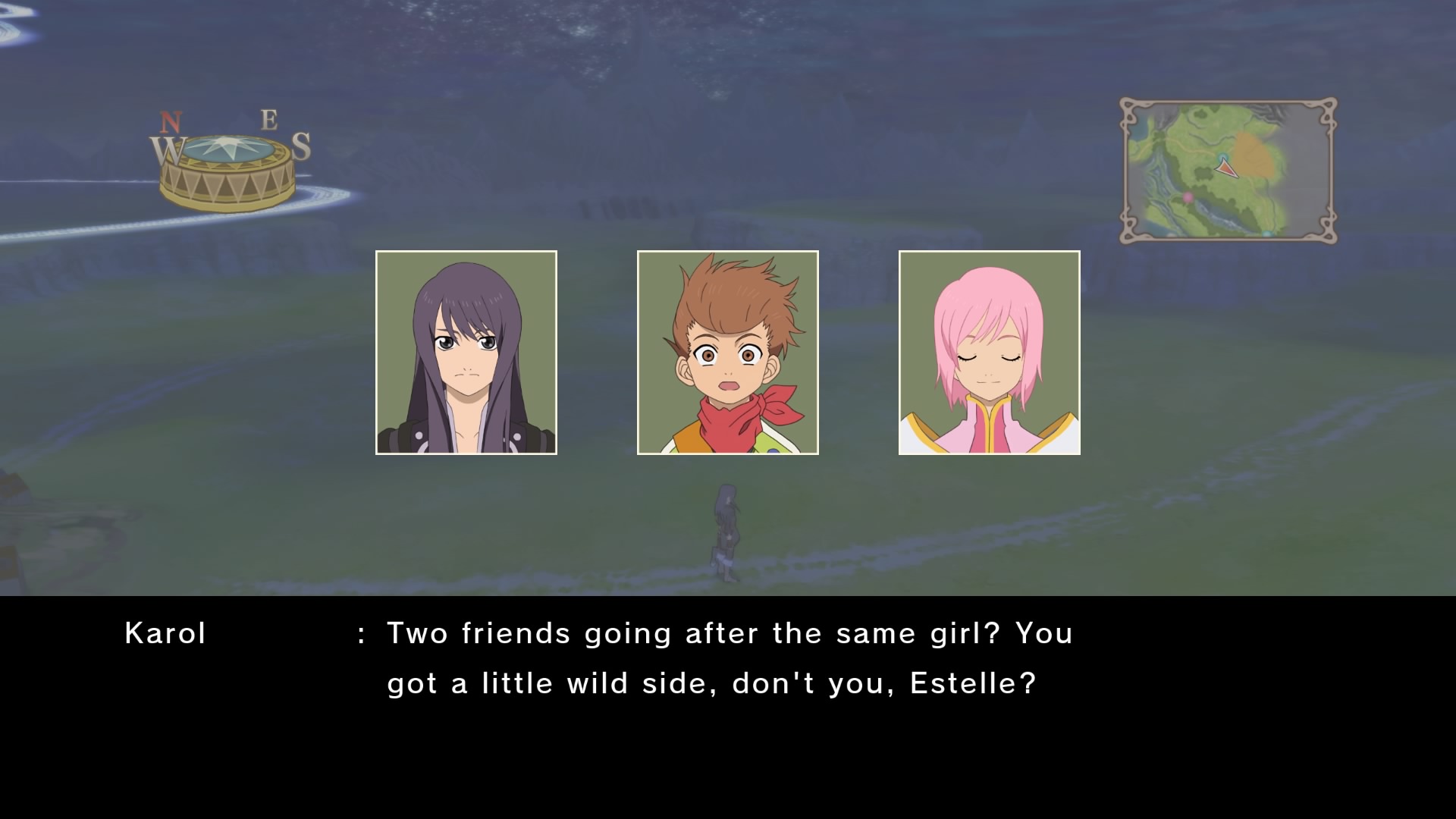Tales of Vesperia: Definitive Edition Review - Ten Years Later, The Complete Story
/Man, has it really been ten years since Tales of Vesperia? It doesn’t seem too long ago now that I was busy resolving Guild disputes, riding on giant whales, saving the world, and bonding with Tales of Vesperia’s motley crew of assorted adventurers, explorers, ne’er-do-wells, and runaway princesses on the ol’ Xbox 360.
I’ve been a fan of the Tales games ever since Carlos introduced me to Tales of Destiny (1997) on the PSX, and the franchise has always impressed me with the quality of its localizations, its dynamic battle system, and most of all, the reliably memorable and lovable casts of characters, whom the player grows to learn and love (or hate) over the course of many dozens of hours.
While Tales of Symphonia is among my favorite JRPGs ever and Xilia and Xilia 2 have the best overall cast (especially with regards to combat), I’m of the opinion that Tales of Vesperia remains the cream of the crop of the franchise, and the fantastic localization, unforgettable characters (such as Yuri Lowell, who consistently tops Japanese polls for the most beloved Tales of protagonist), and compelling setting and story have a lot to do with that.
That said, up until now, the definitive PS3 version of Tales of Vesperia (appropriately titled Tales of Vesperia: The Best) was only ever officially released in Japan, so we English-speakers missed out on a whole lot of extra content - enough content that it’s fair to say that if you only played the 360 version, you experienced an unfinished version of the game. How much content, you ask?
We Didn’t Know What We Were Missing
For starters, the PS3 version was fully-voice acted, with almost twice as many vocal lines as the 360 version. Also, two new playable characters were added - the righteous busybody knight, Flynn Scifo, and Patty Fleur, an adorable, memory-challenged pirate girl who fights with guns and knives. It always felt an odd choice that you couldn’t eventually play as Flynn. His relationship with Yuri, while adequately developed, always rang as incomplete to me. The Definitive Version completely reworks the dialogue in the main story and skits to organically include Flynn and Patty, and the story is all the better for it.
But that’s not all - far from it. A whole host of new content was added, including new skits, main story content (none of which feels extraneous), side-quests and challenges including a Team Coliseum, many costumes (some even referencing other franchises like Xenosaga and Sgt. Frog), mini-games, music tracks, towns, dungeons, and even bosses, including a fan-favorite from an older game I won’t spoil for the uninitiated. There’s even a hidden island where you can replay the game’s many boss battles.
The gameplay has been updated as well, with an extension to the Over Limit (up to 8 levels), new Mystic Artes (including one between Yuri and Flynn), and the ability to program shortcuts for up to 16 Artes (as opposed to the original game’s 8).
What Loading Times?
Tackling all of the extra content in Definitive Edition will add dozens of hours to your already lengthy playtime. Perhaps by now you’ll understand why my first reaction upon hearing that Bandai Namco was bringing one of the most beloved Tales of games to the newest generation of consoles was a simple question: “which version to get?”
Well, I played it on PS4, and I wouldn’t have had it any other way. While the PS3 iteration of Tales of Vesperia was noted for having muddier graphics than the Xbox 360 version, the Definitive Edition is vibrant and stunning on the PS4 in 1080p, with eye-pleasing textures and animations all running at a super-smooth 60 frames per second.
Loading times are quick to the point of feeling non-existent, a massive improvement over the 360 version. I can’t overstress how major of a plus this is. It’s especially noticeable over the long play sessions that the Tales of games seem to inspire in me.
If It Ain’t Broke...
There are a couple of odd sticking spots. For one, the fantastic Troy Baker doesn’t return to voice Yuri in the Definitive Edition’s extra scenes. Since it’s such an iconic role, his replacement sticks out every once in a while, taking me out of the game. It’s a shame Baker couldn’t return, but at least the rest of the excellent English voice cast are accounted for.
Also, the fact that the battle system and interface weren’t updated to match the pace and convenience of newer Tales of titles seems a bit of a missed opportunity. The ability to switch characters mid-fight or to spend less time selecting items in menus would have been very welcome. Regardless, the gameplay isn’t bad; it just feels rather traditional, and I know many fans wouldn’t have it any other way. That said, my wife and I were very grateful for the multiplayer, since she’s also a huge Tales of fan.
Whether you’re a diehard fan of the series, recall enjoying the original game enough to play it the way it was intended, or are just in the mood for a good, solid JRPG, I highly recommend Tales of Vesperia: Definitive Edition. I know it scratched my JRPG itch.
8/10
*two sets of free DLC for the game (an Adventurer’s Pack and a Costume Pack) are available on the Playstation and Xbox Live stores. All of the content is unlockable in the game, but there’s no harm in dressing up Karol as Klonoa, or Judith as KOS-MOS.
[This review is based on a PS4 review copy provided to Too Much Gaming by Bandai Namco.]
Highlights
+ The truly definitive version of Tales of Vesperia with new characters, non-filler story, skits, sidequests, dungeons, costumes, etc., all fully voice-acted
+ Many dozens of hours of new content not present on the Xbox 360 version
+ Runs at a smooth 60fps with very few loading times on PS4
- Troy Baker doesn’t voice Yuri in additional English scenes
+ / - No updates to the traditional battle system or user interface during fights




















Assassin’s Creed Shadows greatly blends the classic Assassin’s Creed stealth with the RPG elements of recent entries. Its dynamic world, seasonal changes, and improved stealth mechanics make exploration a joy, but Yasuke’s restrictive gameplay, overall story, and a half-baked notoriety system hold it back.